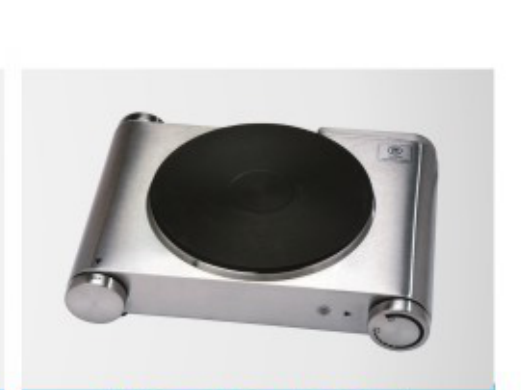Schubert Chu, head of the epitaxial equipment division at Applied Materials, said that semiconductor material improvements contribute nearly 90% to IC performance improvements at each process node, up from 15% in 2000. . In a recent interview at Semicon West in the United States, Chu said that in the "action era" where smart phones and tablet devices have become the mainstay of the electronics industry chain, semiconductor component design focuses on improving transistor performance. It is also necessary to reduce the power consumption of components; in the past "PC era", power consumption was usually not the biggest consideration. The company recently published the CenturaRP series epitaxial system newly developed for NMOS transistor applications. The so-called NMOS transistor is a MOS transistor whose active carriers are in the n-channel formed by electrostatic on the p-type germanium substrate. , the electron flow through the n-type source and drain regions. According to Gartner's estimates, in 2012, the overall epitaxial equipment market was about $590 million, which is growing faster than the rest of the wafer manufacturing front-end equipment, and this trend is expected to continue to grow. Chu said that epitaxial deposition equipment has made significant progress in the past decade; the company was the market leader 10 years ago, with a market share of 80%, and epitaxial equipment is mainly sold to wafer suppliers. But today, because the technology can improve the performance of mobile processors, the company will sell more systems, and the foundry is the largest customer base. According to Chu, current semiconductor processes require several epitaxial steps, and as wafer vendors believe the technology has the potential to improve its component performance, future demand will be even greater. The epitaxial material is defined as a deposited or grown single crystal germanium film which exhibits a lattice structure and conforms to the direction of the substrate. Chu pointed out that placing an NMOS epitaxial process outside of the PMOS epitaxial process allows the foundry to further improve the performance of next-generation components; this new process has been adopted by several customers. Since the 90 nm node, strain-selective epifilm with in-situdoping has improved electron mobility and reduced resistance in PMOS transistors, increasing wafer speed; Chu said that providing selective epitaxy in NMOS transistors can achieve similar results and enhance overall wafer performance.
China Electric Hot Plate,Hot Plate supplier & manufacturer, offer low price, high quality Double Burner Hot Plate,Single Burner Hot Plate, etc.
Electric Hot Plate Electric Hot Plate,Hot Plate,Double Burner Hot Plate,Single Burner Hot Plate Xunda Science & Technology Group Co.ltd , https://www.xundatec.com